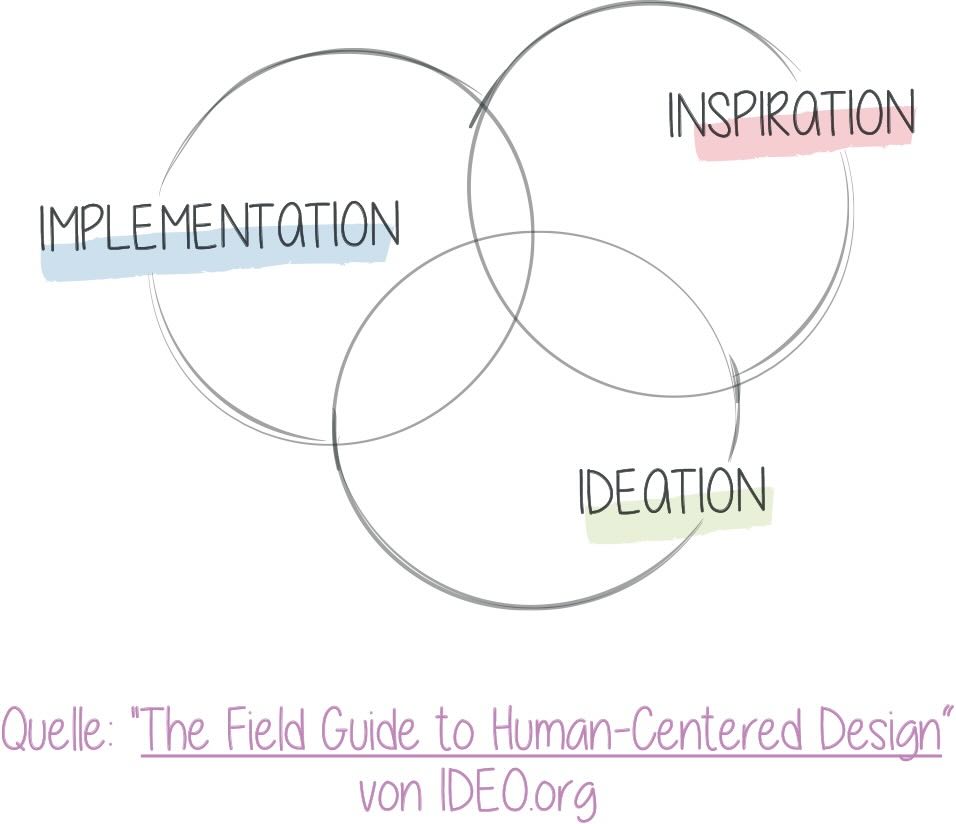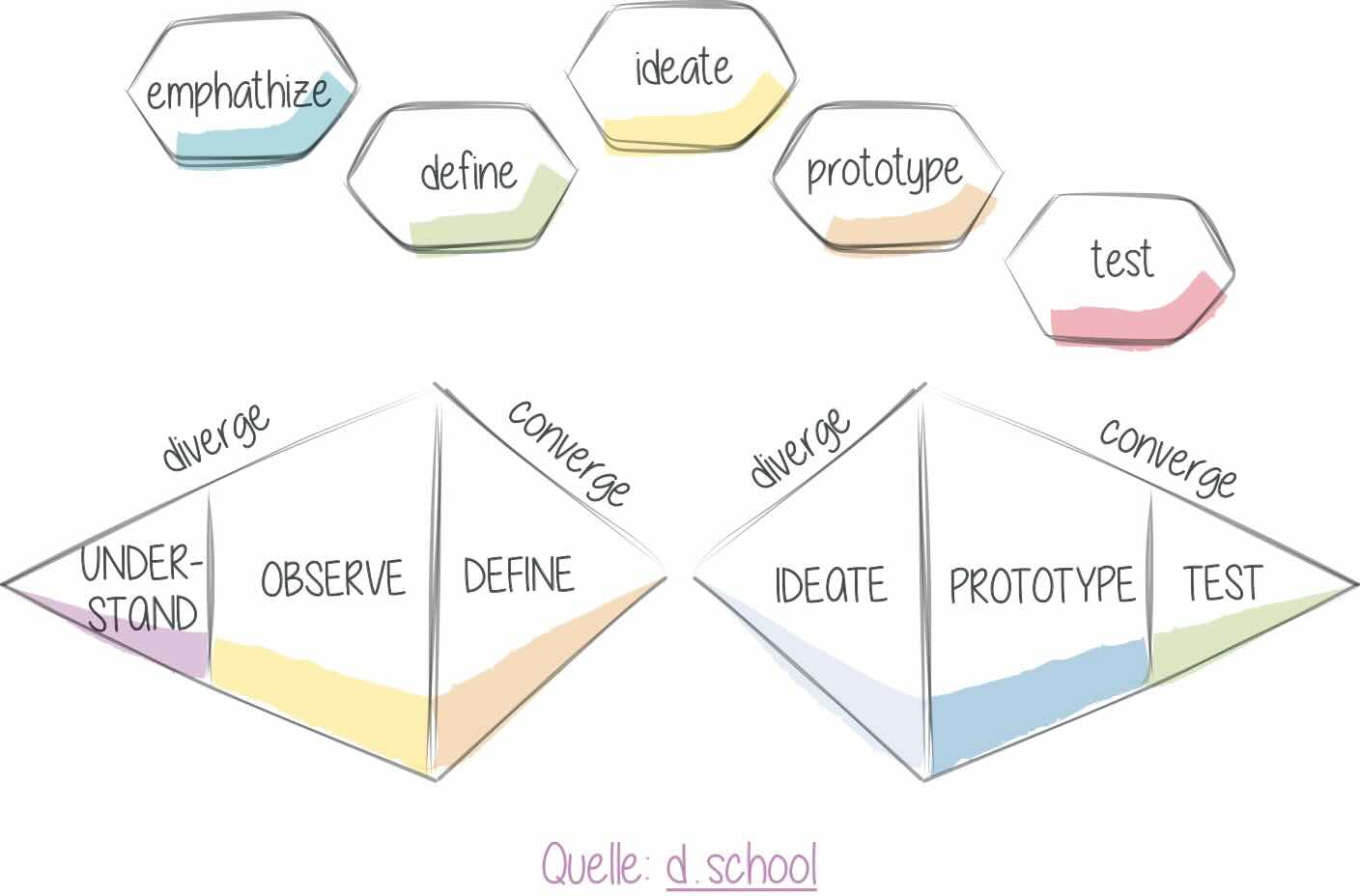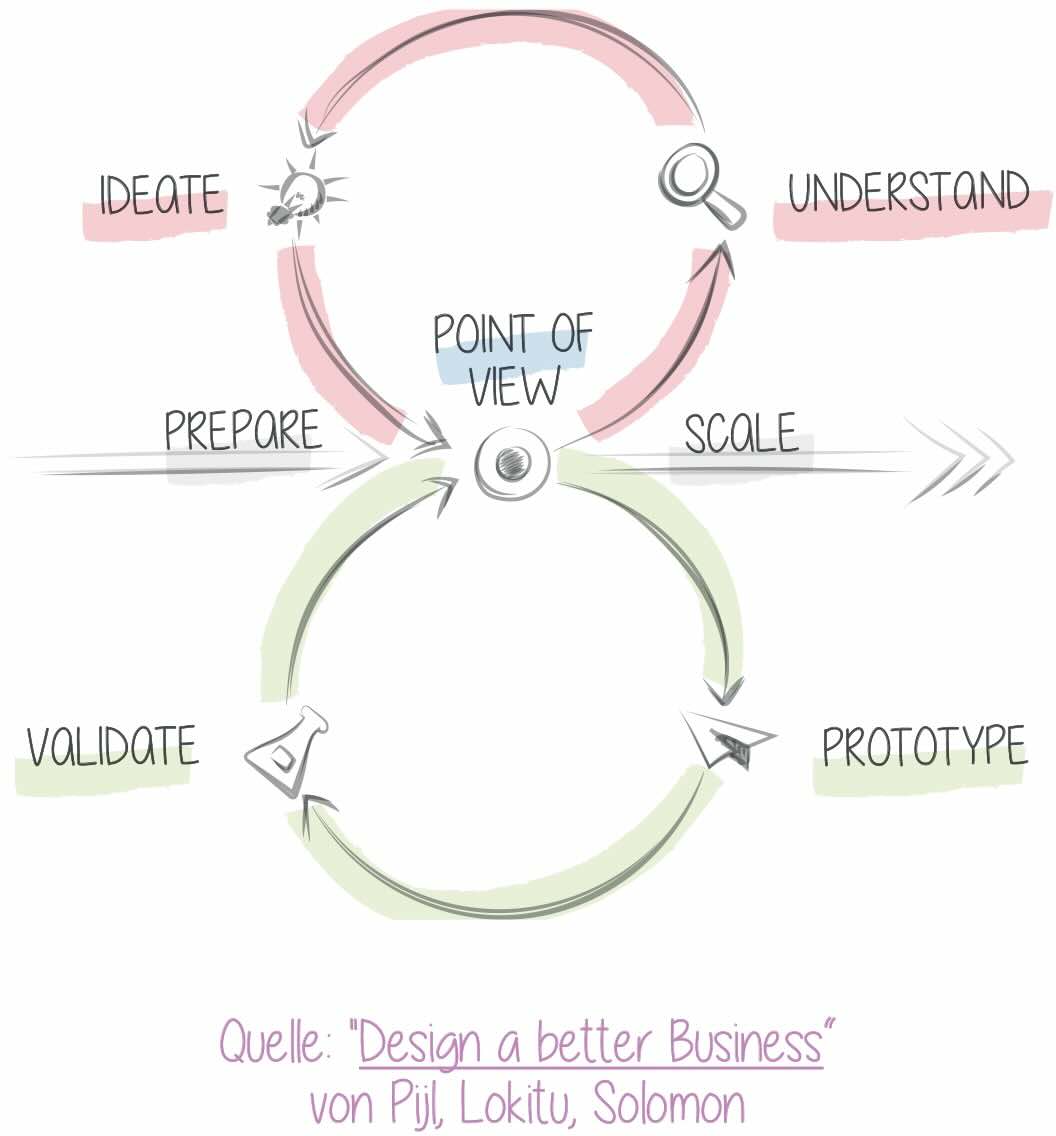The head of the fish: the product vision
As the saying goes, the fish starts to stink at the head. And if we see agility as a means of developing products or services, the product vision is probably the head of the whole thing. Of course, not every product owner is a born visionary of Steve Jobs caliber, but "we're doing this because it's important!" is perhaps a little thin as a goal. A really good vision can do more:
It inspires people, takes them along with it and gives them an idea of what the destination can look like. When John F. Kennedy "We choose to go to the Moon!" two things were clear: every American understood that "we" wanted to be first. And everyone had an idea of what that would look like. Maybe not what the rocket would look like exactly. Or the spacesuit. Or the moon. But it was pretty clear that by the end of the decade, someone would be punching "Stars and Stripes" into the surface of the moon. - Whether the flag was waving or not was again left to the individual's imagination.
Fast-paced as we are these days, some think that a good vision should be shorter, more concise. When you meet your boss or a potential sponsor, you should be able to explain what you do in an elevator ride. The format is called an "elevator pitch".
Still others swear by the AIDA formula for their vision:
- Attention!
- Interest (that sounds good!)
- Desire (that's what I want!)
- Action (what do I have to do to get this?)
A good keyword - what do we have to do to get a good vision? We like to use techniques from "Innovation Games" by Luke Hohmann.
A routine that has become a little too familiar: Sprint Planning 2
"Jo eeh!...", we would say in my home country of Austria, "...but what can the product owner do if the rest of the team isn't creative?" - Well, it's not just down to the product owner and their product vision, but also what you do with it. The best way to nip creativity in the bud is to do joint sprint planning, but to explain to the team that the second part of sprint planning is there to write down their tasks for the coming weeks.
Sprint planning builds on co-location and co-creativity because the inventors assumed that thinking of solutions together would trigger something like mutual fertilization. The practice of uncreative teams is often that the second part of sprint planning is used for team members to plan what they will do in the coming weeks. The one-eyed kings among the blind use the meeting to do a bit of onboarding with new team members, while the really communicative one-eyed team members tell each other what they are doing at the end of the meeting. The bottom line is that co-creativity has given way to peer pressure somewhere along the line: Nobody leaves until everyone has finished planning... or at least has a task for every day of the week.
If this sounds familiar to them, the right language can help them to be more creative:
As a first step, the facilitator must set a new framework and focus on the new common goal of the meeting. During joint planning, open questions can help to rethink solution spaces:
- "What could possible solutions to this need look like?"
- "What would the best possible result look like?"
- "What alternatives are there?"
- "How can we implement this together?"
- Admit it! The question sounds very different from "Do you need help?"
If questioning techniques don't get you any further, visualizations can help. Even in sprint planning, pictures speak more than a thousand words, sketches and designs help people to understand things more quickly and support creative thinking.
A completely different idea: design thinking
Good, but still not mindbreaking? Then maybe you need a solution off the beaten track. Agile teams like to use design thinking for this at the start of an innovative "project", i.e. at the beginning of a new product life cycle, or when existing products have run out of steam and only a big leap can help.
Design thinking is a collection of models and frameworks for thinking radical innovation. The models are very different:
There are 3-phase models, 4-phase models, 5-phase models and 6-phase models and when you talk about design thinking, everyone has a different image in their head.
People also react differently to the individual models. This may be due to the fact that creativity is difficult to standardize. No matter how many phases - to go through the process once, you have to generate an idea, create a prototype and have it validated by stakeholders. - And with the right framework, very creative ideas usually come to light.
Google Design Sprints have established themselves on the market as a practicable framework. Design sprints run for 5 days at a time - i.e. from Monday to Friday -, follow a described pattern and use a wide variety of creative techniques. This framework allows teams to develop creative solution ideas - and link them to their sprint cycle: A design sprint fits well into a scrum sprint. And at the end, there are new entries for the product backlog.
So far so practicable. The only fly in the ointment: to understand design thinking, it's not enough to read a book or ask a few clever questions. It's the same as with Scrum: you have to experience it to understand it. But we are happy to help - for example with our three-day Design Thinking Intensive Course.




Write a comment